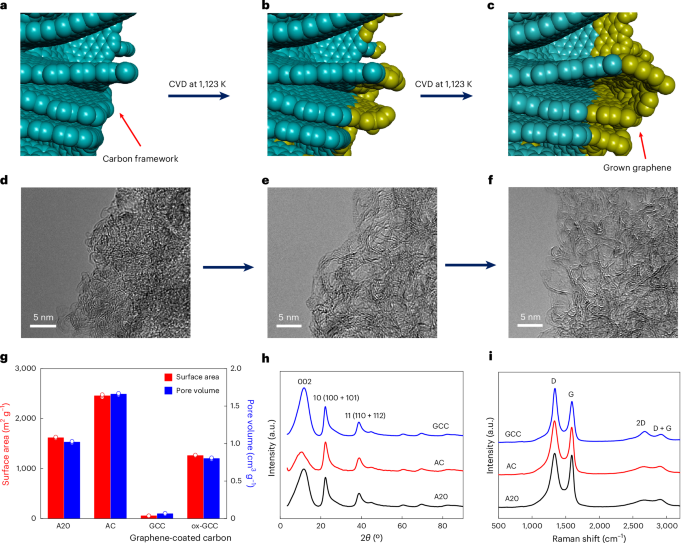Is ESG a Sideshow? ESG Perceptions, Investment, and Firms’ Financing Decisions
As investor interest in ESG (environmental, social, and governance) skyrocketed in the mid 2010s, ESG ratings became an important area of focus. A strong rating could mean greater inclusion in ESG focused funds (Hartzmark and Sussman, 2019), which in turn increases investor interest in owning a company’s stock due to its ESG properties. While ESG […]

Roman Kräussl is Professor of Finance at Bayes Business School, Joshua Rauh is the Ormond Family Professor of Finance at Stanford’s Graduate School of Business, and Denitsa Stefanova is an Associate Professor of Finance at the University of Luxembourg. This post is based on their recent paper.
As investor interest in ESG (environmental, social, and governance) skyrocketed in the mid 2010s, ESG ratings became an important area of focus. A strong rating could mean greater inclusion in ESG focused funds (Hartzmark and Sussman, 2019), which in turn increases investor interest in owning a company’s stock due to its ESG properties. While ESG sometimes aligns with value creation, often it does not. In principle this suggests that firms attracting substantial interest from investors for reasons unrelated to the valuation of expected cash flows could issue equity more cheaply. What would we expect firms that received strong ESG ratings to do with this opportunity – and what did they in fact do?
Considerable research has shown that in many situations, firms respond to equity prices that might be overvalued relative to their fundamental value by issuing equity and investing the proceeds in capital (Baker, Stein, and Wurgler, 2003; Baker, 2009). However, the financial theory of frictionless markets (Modigliani and Miller, 1958) would say that a firm should only increase its investment in capital assets if it receives a positive NPV opportunity based on the opportunity cost of capital, a purely financial consideration related to the risk and return properties of the investment itself. An ability to raise money (whether via debt or equity) under favorable circumstances does not mean the firm should overpay for an asset (see Brealey and Myers, 1991; Brealey, Myers, and Allen, 2007).










































































































































